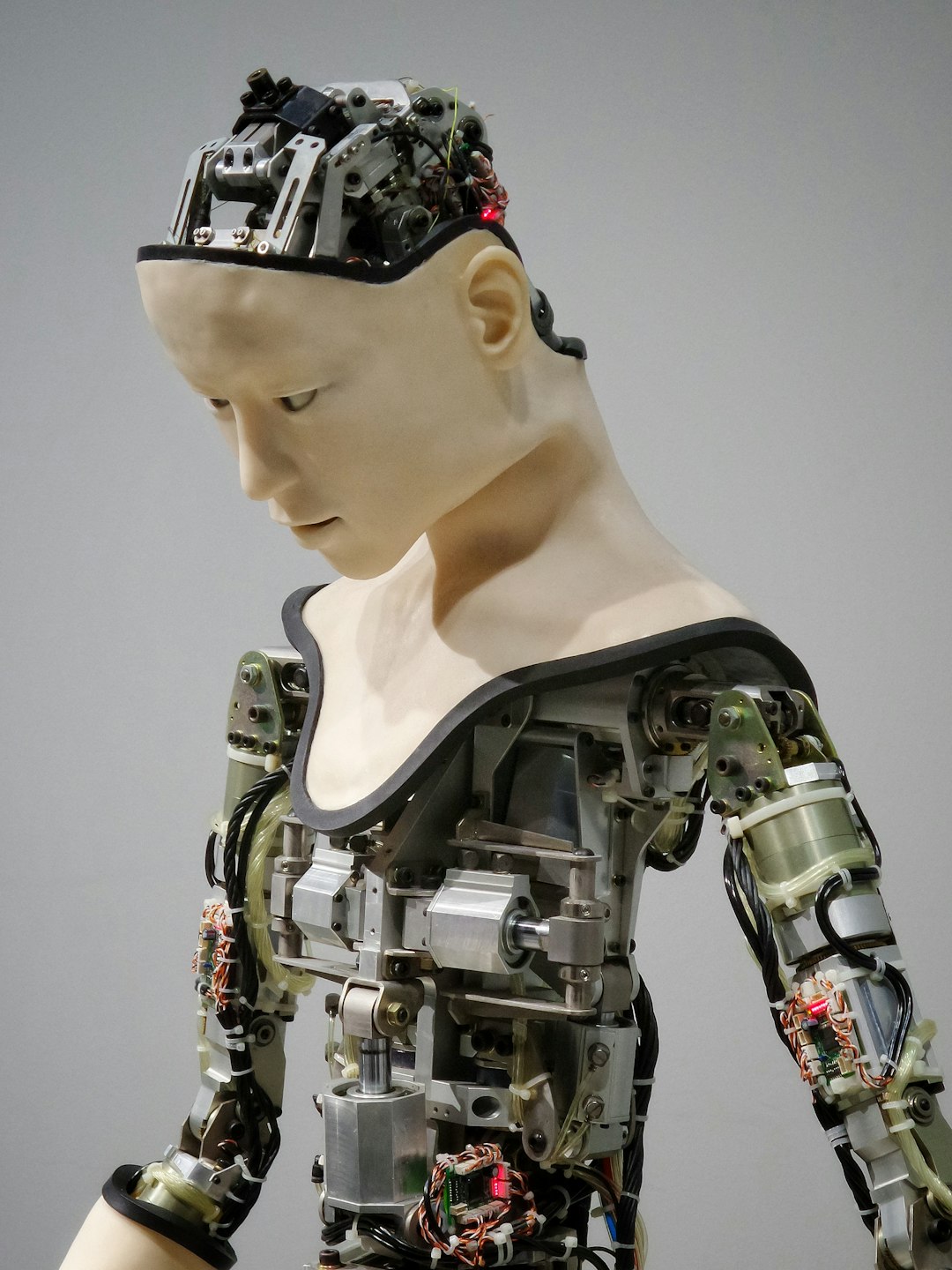Have you ever seen a robot do something weird and thought, “Why did it do that?” Well, chances are it ran into something called an edge case.
Edge cases are like little surprises for AI. They are rare situations—things that don’t happen often but still matter. And when AI is making decisions, it needs to be ready for them!
Let’s break it down with a fun example.
Imagine you built a robot to deliver pizza. You taught it street names, traffic laws, and how to avoid puddles. But one day, it sees a parade blocking the road. Yikes! There were no parades in its training. This is an edge case.

So how does AI handle these strange situations?
1. Learn from Data… Lots of Data
First, AI learns by example. It looks at tons of situations to figure out what to do. The more examples it sees, the better it gets at guessing what to do next.
- If it’s seen puddles, it’ll avoid them.
- If it’s learned about red lights, it’ll stop.
- But a parade? That’s new territory!
To help fix this, developers feed AI even more diverse data. Not just sunny days, but rainy, snowy, crowded, and chaotic days too!
2. Use Rules as Backup
When data isn’t enough, old-fashioned rules step in.
Think of it like this: your friend knows how to ride a bike. But if she sees a sign that says “Bike Lane Closed,” no training needed. She just follows the rule: “Don’t go where signs say STOP.”
AI works the same. Rules give it boundaries. If the AI sees something strange—and doesn’t know what it is—it can fall back on safety rules like:
- “Stop if uncertain.”
- “Avoid things with people near them.”
- “Ask for help (or alert a human).”
3. Detect the Weird Stuff
Some smart AI systems can spot when they’re in unknown territory. It’s like you walking into a room and saying, “Huh, I’ve never been here before.”
They do this with a thing called anomaly detection. Yes, it sounds fancy—but it just means spotting something weird and saying, “This doesn’t fit what I’ve seen before.”
Once the AI detects something new, it can slow down, pause, or ask for help. Kind of like hitting a pause button instead of guessing!
4. Keep Getting Smarter
AI is a great student. If it makes a mistake once, it can learn from it. This is called reinforcement learning or fine-tuning.
Remember the pizza robot and the parade? After that day, its brain gets an update: “Oh! Big groups in the road = find another path.” Next time, it handles it better.

5. Human in the Loop
Sometimes, humans are needed to help with the really tricky stuff. In many systems, there’s a button that sends the case back to a human supervisor. Because even AI needs an adult sometimes!
Humans check what went wrong, give feedback, and the AI improves. It’s teamwork at its best.
Why It Matters
Edge cases are small, but they’re powerful. They teach AI how to be careful, kind, and smart. If we want AI to help out in real life—on roads, in hospitals, even in games—it needs to know how to handle the unexpected.
That’s why coding for edge cases is like packing an umbrella for a sunny trip—you never know when you’ll need it!
The Bottom Line
AI handles edge cases by:
- Learning from a wide variety of data
- Using simple, safe rules
- Spotting when something seems strange
- Asking for help when needed
- Getting smarter over time
So while it might still mess up once in a while, it’s always learning. And just like us, that’s how it grows.
Even robots need a few surprise tests to study for.
